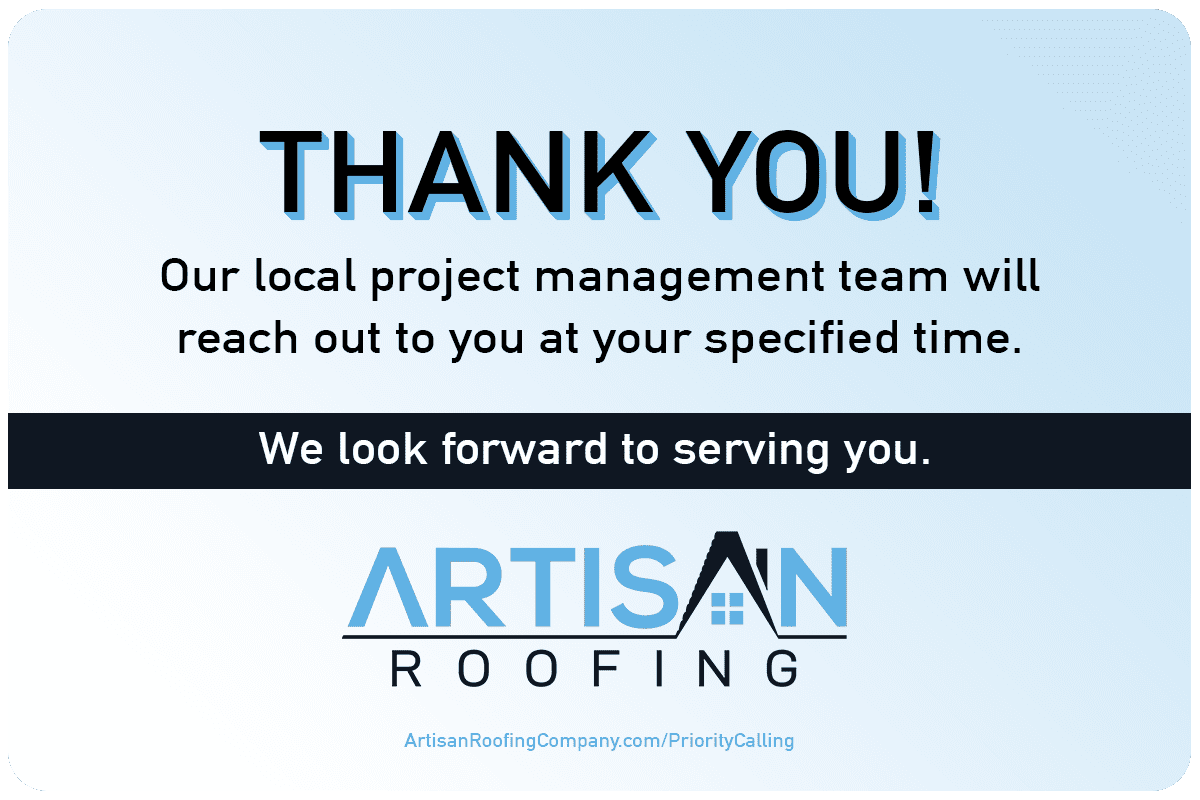Your roof is one of the most critical components of your home, protecting you from the elements and providing structural integrity. When issues arise, deciding whether to tackle repairs yourself or call in a professional can be challenging. Understanding when to DIY and when to call the pros is essential to ensure the job is done correctly and safely. Here’s a guide to help you navigate this decision.
When to DIY Roof Repairs
1. Minor Shingle Replacements
If you have a few damaged or missing shingles, you can often replace them yourself. This task typically involves removing the damaged shingles, applying roofing cement, and securing the new shingles in place. Make sure you have the correct type and color of shingles to match the existing roof.
2. Small Leaks and Minor Patching
Small leaks, especially those around vent pipes or skylights, can sometimes be fixed with a bit of roofing cement or sealant. Identifying the source of the leak and applying the appropriate patching material can stop water infiltration and prevent further damage.
3. Gutter Cleaning and Maintenance
Keeping your gutters clean is crucial for proper roof drainage. Removing leaves, twigs, and other debris can be a simple DIY task. Regular maintenance prevents water buildup that can lead to leaks and other issues.
4. Moss and Algae Removal
Moss and algae growth on your roof can be unsightly and damaging over time. You can remove these using a soft brush and a mild cleaning solution. Be sure to use a gentle touch to avoid damaging the shingles.
5. Checking and Replacing Flashing
Flashing around chimneys, vents, and skylights can deteriorate over time. Inspecting these areas and replacing damaged flashing can be a manageable DIY project. Ensure you use the right materials and follow proper installation techniques to maintain a watertight seal.
When to Call the Pros
1. Extensive Damage or Large-Scale Repairs
If your roof has extensive damage, such as large sections of missing shingles or severe leaks, it’s time to call a professional. Large-scale repairs require specialized knowledge and tools to ensure the roof’s structural integrity is maintained.
2. Structural Issues
Issues like sagging roof sections or visible structural damage need immediate professional attention. These problems can indicate deeper issues with the roof’s framework and require expertise to diagnose and repair safely.
3. Roof Replacement
Replacing an entire roof is a complex and labor-intensive process best left to professionals. From removing the old roofing material to installing new shingles, a roof replacement demands experience and precision to ensure longevity and durability.
4. High Roofs and Steep Slopes
Safety is paramount when it comes to working on high or steep roofs. Professional roofers have the necessary safety equipment and training to handle these conditions. Attempting to work on a dangerous roof without proper precautions can lead to severe injuries or worse.
5. Hidden Damage
Sometimes, the visible damage is just the tip of the iceberg. Professionals can identify hidden issues, such as water damage to the roof deck or insulation problems, that may not be immediately apparent. Addressing these hidden issues is crucial to preventing future problems.
6. Warranty and Insurance Concerns
Many roofing materials come with warranties that may be voided if repairs are not performed by a licensed professional. Additionally, if your roof repair is covered by insurance, your insurer might require that a professional roofer does the work to ensure coverage.
7. Specialized Roofing Materials
Roofs made of materials like metal, slate, or tile require specialized knowledge and techniques for repairs. Professionals familiar with these materials can ensure that repairs are done correctly, preserving the roof’s integrity and appearance.
Tips for a Successful DIY Roof Repair
- Safety First: Always prioritize safety when working on your roof. Use a sturdy ladder, wear appropriate footwear, and never work on the roof during wet or windy conditions.
- Research and Preparation: Educate yourself on the specific repair process you’re undertaking. Gather all necessary tools and materials before starting the job.
- Know Your Limits: Be honest about your skills and experience. If a repair seems beyond your capability, don’t hesitate to call a professional.
Conclusion
Navigating roof repairs requires a balance of understanding your capabilities and recognizing when professional help is needed. Minor repairs and maintenance tasks can often be handled by homeowners, saving time and money. However, for extensive damage, structural issues, or complex repairs, calling in the pros is the safest and most effective option. By making informed decisions, you can ensure your roof remains in good condition, providing the protection and security your home needs.

